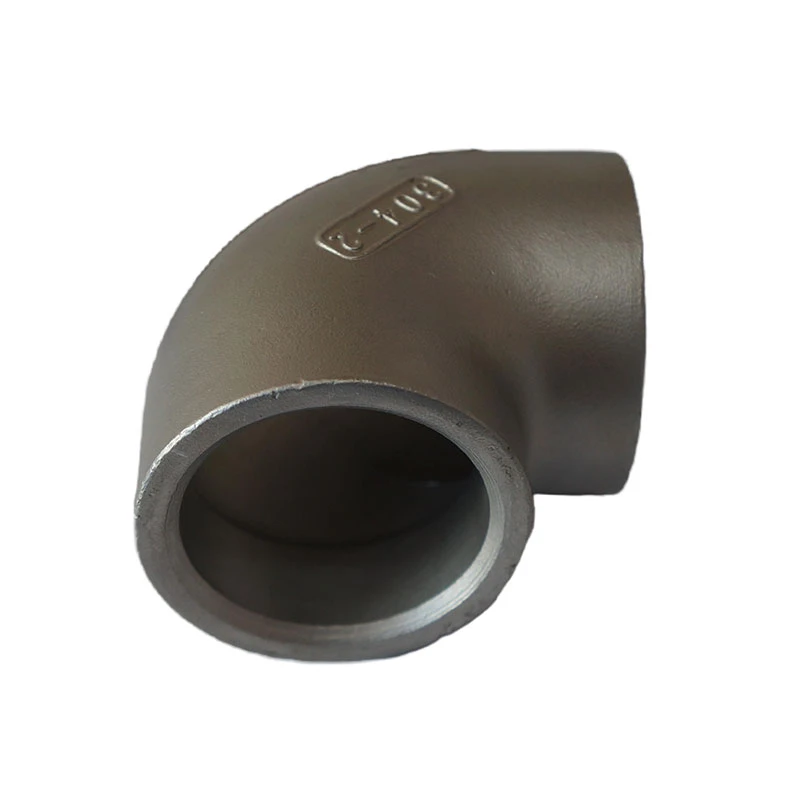what is precision casting
Understanding Precision Casting An Overview
Precision casting, also known as investment casting or lost-wax casting, is a manufacturing process that has been around for centuries. It is renowned for its ability to create intricate and precise metal parts by molding molten metal into a desired shape. This technique is widely used across various industries, including aerospace, automotive, medical, and artistic applications, due to its ability to produce high-quality components with excellent dimensional accuracy and surface finish.
The Precision Casting Process
The precision casting process consists of several critical steps, each designed to ensure that the final product meets the stringent requirements set by the industry. The process begins with creating a wax or plastic pattern that represents the final part. This pattern is then coated with a ceramic shell, which is built up in layers to create a mold. Once the ceramic shell is hardened, the mold is heated to melt out the wax pattern — hence the name lost-wax casting.
After the wax is removed, the mold is further heated to harden it and prepare it for pouring the molten metal. The molten metal, typically an alloy such as aluminum, steel, or titanium, is then poured into the mold. Once the metal has cooled and solidified, the ceramic shell is broken away to reveal the final cast part. This process allows for complex geometries to be produced, often with minimal post-processing.
Advantages of Precision Casting
One of the primary advantages of precision casting is its ability to produce highly detailed parts with complex shapes that would be difficult or impossible to achieve using traditional machining methods. This technology enables manufacturers to create components that are not only accurate but also lightweight, which is particularly important in industries like aerospace and automotive, where every gram counts.
Additionally, precision casting reduces material waste compared to other manufacturing processes. The precise nature of the technique allows for near-net-shape production, meaning that parts can be cast to their final dimensions, requiring little to no machining. This efficiency can lead to significant cost savings in production.
Another benefit is the versatility of materials that can be used. Precision casting can accommodate various metals and alloys, allowing engineers and designers to select materials based on the specific needs of their applications, including aspects like corrosion resistance, strength, and thermal properties.
what is precision casting

Applications of Precision Casting
Precision casting serves a diverse array of applications. In the aerospace industry, companies rely on this process to manufacture turbine components, landing gear parts, and other critical elements that must meet rigorous safety and performance standards. In the automotive sector, precision casting is used for engine blocks, transmission housings, and suspension components, where accuracy and strength play a vital role in vehicle performance.
Moreover, the medical industry benefits significantly from precision casting for the production of surgical instruments and implants, where precision and biocompatibility are paramount. Artists and jewelry makers also utilize this method to create intricate designs and prototypes, showcasing the versatility of precision casting beyond industrial applications.
The Future of Precision Casting
As technology advances, precision casting is evolving as well. Innovations such as computer-aided design (CAD) and 3D printing are being integrated into the casting process, allowing for even more complex designs and rapid prototyping capabilities. These advancements not only enhance accuracy and efficiency but also reduce lead times, making precision casting an attractive option for manufacturers looking to stay competitive in a fast-paced market.
Moreover, as industries increasingly focus on sustainability and reducing their carbon footprint, precision casting processes are being refined to minimize environmental impact. These improvements include recycling materials and optimizing energy use during production.
Conclusion
In summary, precision casting is a vital manufacturing process that blends art with engineering, enabling the creation of complex and high-quality components across various industries. Its ability to deliver precise and efficient results makes it a preferred choice for manufacturers seeking to maintain competitive advantages in today’s market. As technology continues to evolve, the future of precision casting looks promising, ensuring its place as a cornerstone of modern manufacturing.
-
Custom Steel Sand Casting Services Precision & Durability GuaranteedNewsApr.29,2025
-
Arise Precision Casting Custom Metal Casting Solutions & ServicesNewsApr.29,2025
-
Sand Casting Guide Definition, Process & High-Quality Sand SuppliesNewsApr.28,2025
-
Premium Alloy Die Casting Manufacturer Aluminium & Zinc SolutionsNewsApr.28,2025
-
Precision Aluminum Die Casting Custom Solutions & Fast TurnaroundNewsApr.27,2025
-
Precision Complex Sand Casting Solutions Durable & Custom DesignsNewsApr.27,2025















